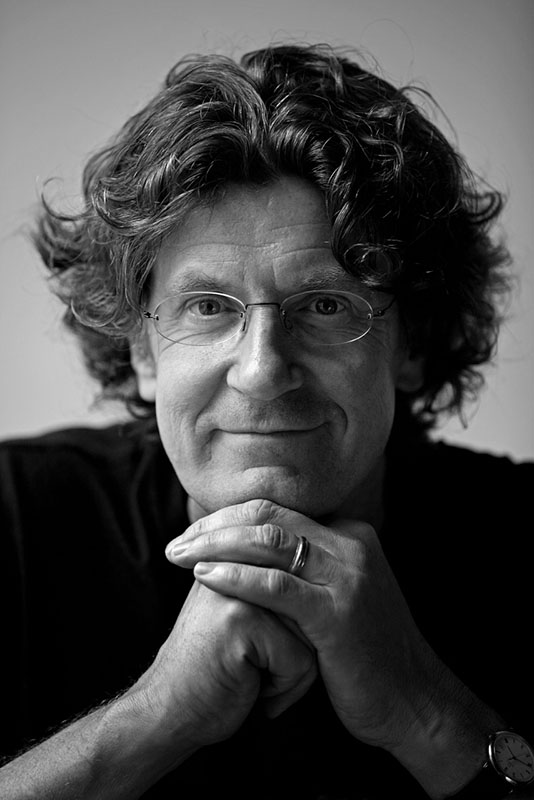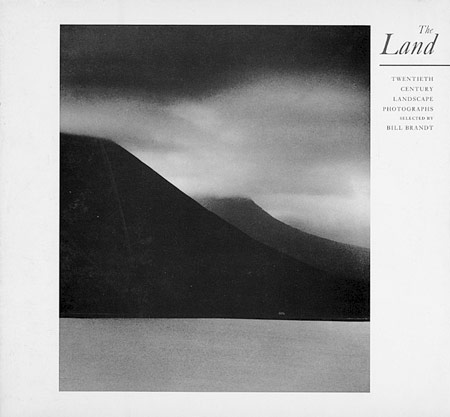The Master of Landscape Photography: Michael Kenna
Michael Kenna
Michael Kenna is one of the most influential landscape photographer of his generation, photographing for 50 years, best known for his black & white landscapes. Often working at dawn or during the night, he has concentrated primarily on the interaction between the ephemeral atmospheric condition of the natural landscape, and human-made structures and sculptural mass.
Kenna has proven time and again that his vision knows no boundaries. Whether working along the shores of South Korea, the Great Wall of China, the snow-cover island of Hokkaido in Japan, the Rouge in Dearborn, Michigan, mines in Germany or the gardens in France, Kenna seeks places of solitude, which speak volumes about humanity and the haunting beauty found in nature. Over fifty books, monologs and catalogs have been published on his work. The Retrospective series are probably the most wanted.
His unique minimalist imagery has inspired many, and earned him a huge and loyal following.
Kenna attended Upholland College in Lancashire, the Banbury School of Art in Oxfordshire, and the London College of Printing. He has had shows in Africa, Asia, Australia, Europe, North America and South America. His photographs are among the most exhibited and collected photographers working today. They are held in permanent collections at the Bibliotheque Nationale, Paris, The National Gallery of Art, Washington DC, Tokyo Metropolitan Museum of Photography, and the Victoria and Albert Museum in London and many others.
Michael Kenna looks for interesting compositions and arrangements within the natural landscape. He is drawn to certain times of day and night, preferring to photograph in the mist, rain and snow clear blue sky and sunshine do not inspire him. He only photographs his work in black and white, as he believes that,
"Black and white is immediately more mysterious because we see in colour all the time. It is quieter than colour." - Michael Kenna
The Land: 20th Century Landscape Photographs, 1975, front cover
Kenna connects his initial fascination towards landscape photography to "The Land: 20th century landscape photographs" exhibition at the Victoria and Albert Museum in London, curated by photographer Bill Brandt.
For a year Brandt worked closely with Mark Haworth-Booth (then of the Circulation department). The exhibition, shown in 1975, introduced British audiences to many classic modern photographers, including a strong showing of Americans: Alfred Stieglitz, Paul Strand, Edward Weston, Ansel Adams, Brett Weston, Minor White, Aaron Siskind, Harry Callahan, Eliot Porter and Paul Caponigro, among others - plus fine works by Brandt’s favourite Parisian photographers, Man Ray, Jacques-Henri Lartigue and Brassaï. Twelve of Brandt's own landscapes, chosen by Mark Haworth-Booth, were also included.
In London, Michael undertook advertising photography while pursuing his personal work - photographing the landscape. In 1977, he moved to San Francisco, where he met Ruth Bernhard and became her assistant and photographic printmaker for eight years. Michael is equally dedicated to the darkroom and makes his own prints ensuring a subdued, intimate atmosphere in every image. Ruth had quite an influence on him: "print negatives guided by imagination, rather than the allegiance to what had been in front of the camera"
Michael Kenna - Hillside Fence, Study 2, Japan 2002
In a interview on Photo Review by Carole Glauber published in January 2003, Kenna shares details about his first photograph and techniques:
"There are many characteristics associated with night photography that make it fascinating. We are used to working with a single light source, the sun, so multiple lights that come from an assortment of directions can be quite surreal, and theatrical. Drama is usually increased with the resulting deep shadows from artificial lights. These shadows can invite us to imagine what is hidden. I particularly like what happens with long exposures, for example, moving clouds produce unique areas of interesting density in the sky, stars and planes produce white lines, rough water transforms into ice or mist, etc. Film can accumulate light and record events that our eyes are incapable of seeing. The aspect of unpredictability inherent with night exposures can also be a good antidote for previsualization. I find it helps with jet lag too! Indeed my first night photograph, made in 1977 of a set of swings in upstate New York, was a direct consequence of not being able to sleep. At the time I used the "empirical method" of exposure measurement, (i.e. trial and error), with much bracketing. The results were very interesting and since then I've worked on my technique a little."
Michael Kenna - Swings, Catskill Mountains, New York, New York, USA, 1977
Michael Kenna shares his early memories and their influence in his work, in a short documentary produced by Eliza Segell:
“Getting photographs is not the most important thing. For me it’s the act of photographing. It’s enlightening, therapeutic and satisfying, because the very process forces me to connect with the world. When you make four-hour exposures in the middle of the night, you inevitably slow down and begin to observe and appreciate more what’s going on around you. In our fast-paced, modern world, it’s a luxury to be able to watch the stars move across the sky.”
Kenna has photographed dykes, shores, islands, rocks and coast lines on all continents. Through the lens of the world's greatest living landscape photographer, graphic abstractions in rich dramatic tonal contrasts are born. Enjoy by immersing yourself in the beauty of these legendary landscapes:
Michael Kenna - Torii, Study 1, Takaishima, Honshu, Japan, 2002
Michael Kenna - Biwa Lake Tree, Study 2, Omi, Honshu, Japan, 2002
Michael Kenna - Don Quixote S Giants, Study 5, Campo De Criptana, La Mancha, Spain, 1996
Michael Kenna - Tree Portrait, Study I, Wakoto, Hokkaido, Japan, 2002
Michael Kenna - Kussharo Lake Tree, Study 1, Kotan, Hokkaido, Japan, 2002
Michael Kenna - Pine Trees, Study 2, Wolcheon, Gangwondo, South Korea, 2010
Michael Kenna - Ratcliffe Power Station, Study 46, Nottinghamshire, England, 2003
Michael Kenna - Passing Barge, Paris, France, 1988
Michael Kenna - Full Moonrise Chausey Islands France 2007
Kenna unique minimalist imagery has inspired many, and earned him a huge and loyal following. name are just some that really worth checking: Lionel Orriols, Hengki Koentjoro, Oliver du Tre, Damien Vassart, Yalcin Varnali, Nathan Wirth or Pierre Pellegrini.






















